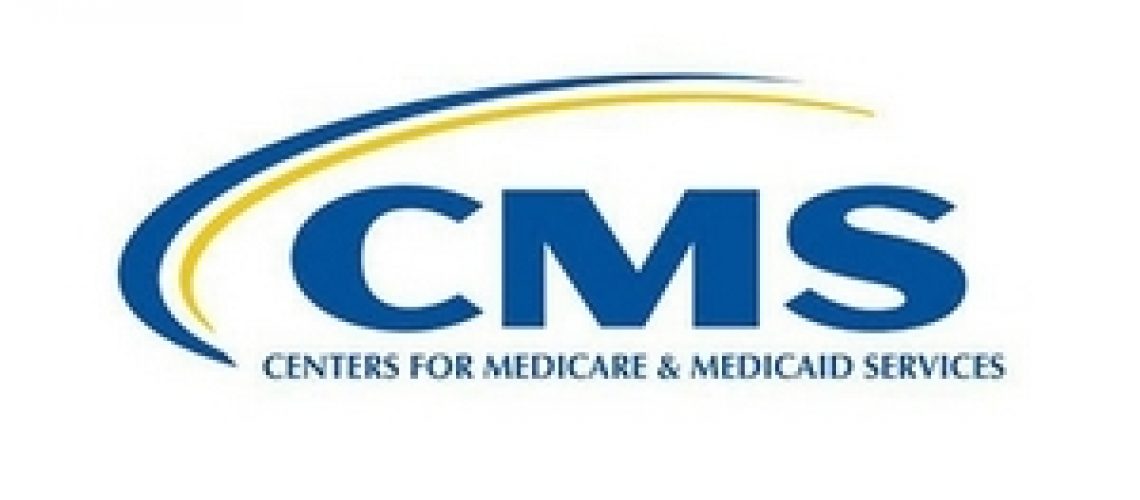The Centers for Medicare & Medicaid Services (CMS) has released a second set of revisions to Chapter 10 of the Medicare Claims Processing Manual providing instructions to home health agencies for claims submission under PDGM. CMS Transmittal 4294/Change Request (CR) 11272, Home Health (HH) Patient-Driven Groupings Model (PDGM)—Additional Manual Instructions, provides some clarity over the first set of revisions via CR 11081.
The National Association for Home Care & Hospice reached out to CMS with questions that remained after the release of CR 11081. These questions, along with additional revisions to the Claims Processing Manual, have been addressed with the changes outlined in CR 11272. Specifically, the following is clarified:
- The percentage payment for the RAP under PDGM is based on the HIPPS code as submitted. It was previously unclear how the Medicare systems would be able to identify the correct HIPPS code at the time the RAP is submitted since the OASIS does not need to be submitted prior to the RAP. This will remain the case under PDGM. Upon receipt of the corresponding claim, grouping to determine the HIPPS code used for final payment will occur in Medicare systems. This HIPPS code is used to match the claim to the corresponding RAP that was previously paid. After this match is completed, grouping to determine the HIPPS code used for final payment of the period of care will occur in Medicare systems. At that time, the submitted HIPPS code on the claim will be replaced with the system-calculated code.
- For claim “From” dates on or after Jan. 1, 2020, the ICD-10 code and principle diagnosis used for payment grouping will be claim coding rather than the OASIS item. As a result, the claim and OASIS diagnosis codes will no longer be expected to match in all cases. Typically, the codes will match between the first claim in an admission and the start of care (Reason for Assessment–RFA 01) assessment and claims corresponding to recertification (RFA 04) assessments. Second 30-day claims in any 60-day period will not necessarily match the OASIS assessment. When diagnosis codes change between one 30-day claim and the next, there is no absolute requirement for the HHA to complete an ‘other follow-up’ (RFA 05) assessment to ensure that diagnosis coding on the claim matches to the assessment. However, the HHA would be required to complete an ‘other follow-up’ (RFA 05) assessment when such a change would be considered a major decline or improvement in the patient’s health status
- For claim “From” dates before Jan. 1, 2020, the other diagnoses and ICD-10 codes reported on the claim must match the additional diagnoses reported on the OASIS, form item M1022 (Other Diagnoses). For claim “From” dates on or after Jan. 1, 2020, claim and OASIS diagnosis codes may vary as described under Principal Diagnosis.
- In CR 11081 there was a section titled “SCIC” without any additional information. This has been removed from the Claims Processing Manual, but NAHC fully expects that CMS will insert this section in future CRs.
Additional revisions include technical instructions describing systems handling of the claims as well as one that holds HHAs responsible for submitting claims with required visit charge information. All services must be billed on one claim for the entire episode/period. The A/B MAC (HHH) will return to the provider TOB 0329 when submitted without any visit charges.
CMS has indicated it will continue to release instructions for billing under PDGM.
Visit cms.gov and nahc.org for more information.
——————————————————
Photo courtesy of: Medical Coding News
Originally Published On: Homecare Mag
Follow Medical Coding Pro on Twitter: www.Twitter.com/CodingPro1
Like Us On Facebook: www.Facebook.com/MedicalCodingPro







